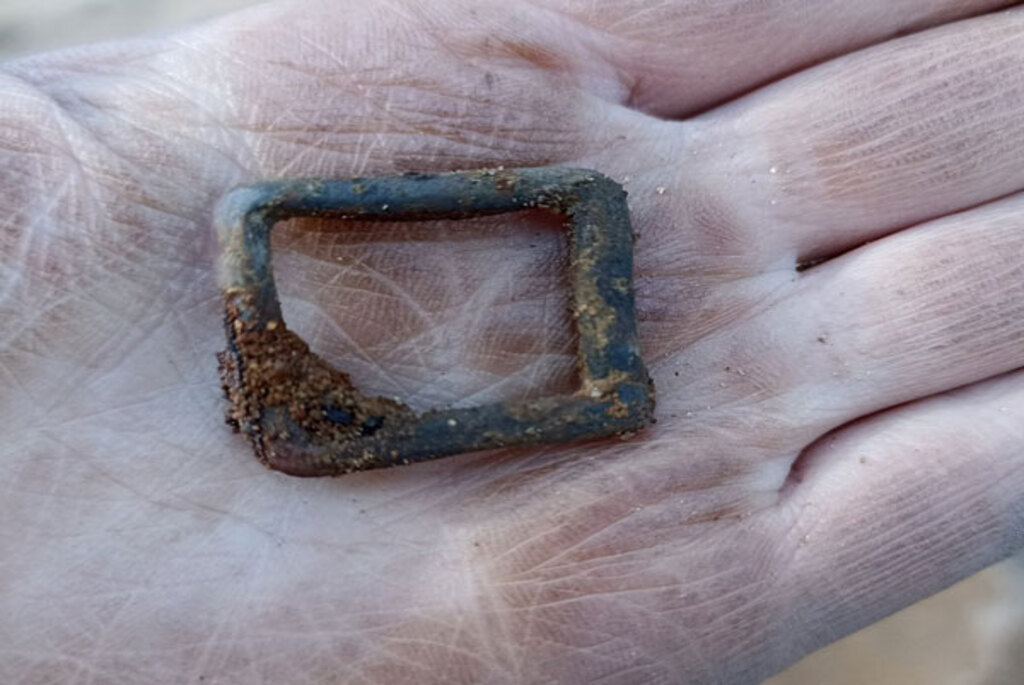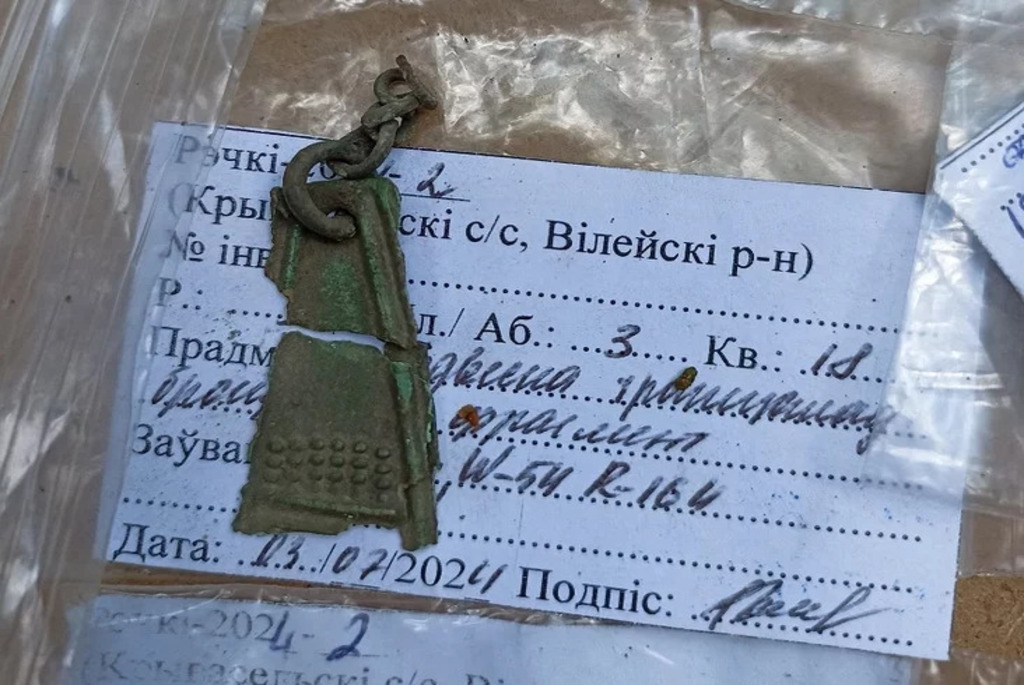- Minsk region, Vileyka District, rechki Village
What Is the Archaeological Complex?
The complex near Rechki consists of two ancient hillforts, a settlement, and three groups of burial mounds. These sites date from the second half of the 1st millennium AD. Archaeologists believe they were left by the people of the Smolensk-Polotsk long barrow culture, which is associated with the legendary Krivich tribes. The burials found in the area reflect a highly developed system of rituals and funerary traditions.
Research is being carried out by an archaeological expedition from the Faculty of History at Belarusian State University. Under expert guidance, students gain hands-on experience by excavating ancient graves and documenting artifacts that shed light on the lives of people who inhabited these lands more than a thousand years ago.

Unique Finds: From Jewelry to Ritual Pits
One of the most fascinating discoveries is a cremation burial of a woman. Alongside the remains were melted metal ornaments, fragments of a temple ring, bronze beads, an iron buckle, bracelet and fibula pieces, and a small ceramic vessel. These findings reveal not only burial customs but also craftsmanship and the aesthetic preferences of the ancient inhabitants.
Another mysterious discovery was a square-shaped pit lined with wood and covered, yet containing no remains. Archaeologists believe it to be a cenotaph–a symbolic grave created to honor someone whose body was never recovered. Such monuments are rare and provide a unique insight into the spiritual beliefs of the society at that time.
Additionally, researchers uncovered two more cremation burials that appear to belong to a different, previously unknown phase of settlement in the area. Archaeologists plan to continue their work in the next excavation season.

Natural and Cultural Significance
Beyond its archaeological importance, the site holds natural charm. Nearby are natural caves–an extraordinary geological feature for Belarus. According to recent data, only two such caves exist in the country. While they have not yet been fully studied, their presence enhances the uniqueness of the landscape and may draw further attention from geologists and tourists alike.
All artifacts undergo initial processing in the Museum Studies Laboratory at the BSU Faculty of History, after which they are transferred to the collection of the Vileyka Regional Museum. This not only preserves the discoveries but also makes them accessible to the public.

Why Visit?
A visit to the complex near Rechki offers a chance to witness the traces of an ancient culture and immerse yourself in the atmosphere of a long-gone era–one that left behind no castles, but mounds, burial pits, and mysterious ritual objects. It's a rare opportunity to experience material heritage over a thousand years old.
This destination is perfect for:
- History and archaeology enthusiasts
- Students and researchers
- Photographers seeking unconventional landscapes
- Travelers passionate about undiscovered corners of the country
The site is ideal for a day trip from Minsk, located just 1.5 hours away by car. While there is little tourist infrastructure, the natural beauty and historical importance of the area make it well worth the visit.
A Living History of Belarus
The archaeological complex near Rechki is more than just a group of burial mounds. It is a cultural and scientific space where past and present converge. Each new discovery brings our history closer, making Belarusian heritage even more remarkable.
If you want to truly feel the depth of time–go where the stone is silent, but the earth speaks.